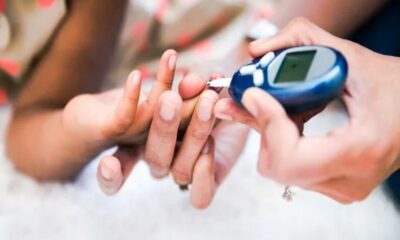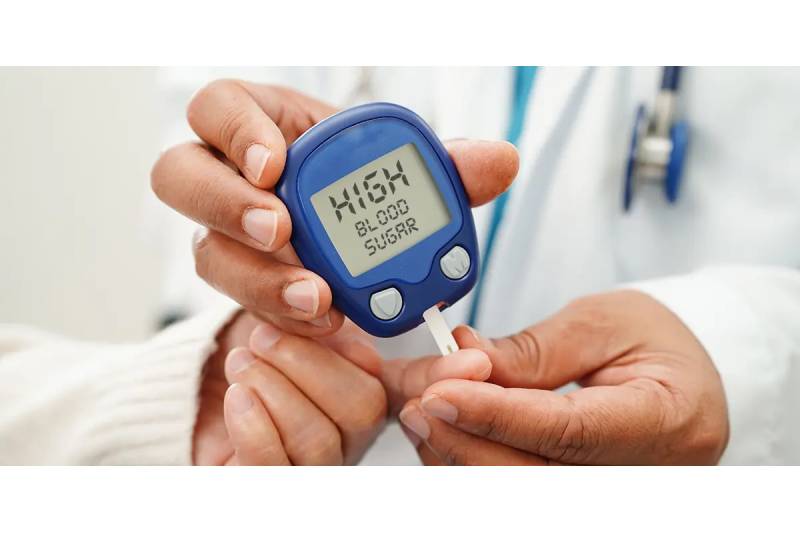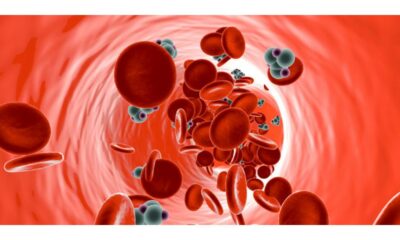Hyperglycemia, or high blood sugar, is a common condition in people with diabetes—but it can affect anyone. Left untreated, it can lead to serious complications. The good news? With awareness and the right steps, you can manage it effectively and stay healthy. Here’s everything you need to know.
What Is Hyperglycemia?
Hyperglycemia happens when there’s too much glucose (sugar) in your bloodstream. It usually occurs when your body doesn’t have enough insulin or can’t use it properly. This condition is most often seen in people with Type 1 or Type 2 diabetes, but temporary hyperglycemia can also happen due to stress, illness, or certain medications.
Common Causes of Hyperglycemia
- Skipping insulin or diabetes medications
- Eating too many carbs or sugary foods
- Lack of physical activity
- Stress (emotional or physical)
- Infections or illness
- Hormonal changes
Signs and Symptoms to Watch For
Mild hyperglycemia might not cause obvious symptoms at first. But as glucose levels rise, you may notice:
- Increased thirst
- Frequent urination
- Fatigue or weakness
- Headaches
- Blurred vision
- Trouble concentrating
If left untreated, severe hyperglycemia can lead to diabetic ketoacidosis (DKA) in people with Type 1 diabetes, which is a medical emergency.
When Is Blood Sugar Considered Too High?
General blood sugar guidelines (may vary per individual):
- Fasting (before meals): above 130 mg/dL (7.2 mmol/L)
- 2 hours after meals: above 180 mg/dL (10 mmol/L)
Your doctor may give you different targets based on your condition.
How to Stay Safe: Management & Prevention
1. Monitor Regularly
Check your blood sugar levels as advised by your healthcare provider. Use a blood glucose meter or continuous glucose monitor (CGM).
2. Take Medications Correctly
Stick to your prescribed schedule. Don’t skip doses of insulin or oral diabetes meds.
3. Eat Smart
Follow a balanced, low-glycemic diet. Focus on whole grains, vegetables, lean protein, and healthy fats.
4. Stay Active
Exercise helps lower blood sugar levels and improve insulin sensitivity. Even a 20-minute walk can make a difference.
5. Manage Stress
Stress hormones can raise blood sugar. Try meditation, breathing exercises, or talking to a therapist.
6. Stay Hydrated
Drinking water can help flush excess sugar through your urine.
When to Seek Medical Help
Call your healthcare provider or go to the ER if you experience:
- Persistent high blood sugar (over 300 mg/dL)
- Nausea or vomiting
- Fruity-smelling breath
- Confusion or drowsiness
- Difficulty breathing
Final Thoughts
Hyperglycemia might sound scary, but with the right tools and habits, you can stay on top of it. Understanding your body, recognizing symptoms early, and taking preventive steps can help you live safely and confidently—even with diabetes.

 Diabetology2 weeks ago
Diabetology2 weeks ago
 Diabetology2 weeks ago
Diabetology2 weeks ago
 Diabetology2 weeks ago
Diabetology2 weeks ago
 Diabetology1 week ago
Diabetology1 week ago
 Diabetology2 days ago
Diabetology2 days ago
 Diabetology1 day ago
Diabetology1 day ago
 Diabetology4 hours ago
Diabetology4 hours ago
















